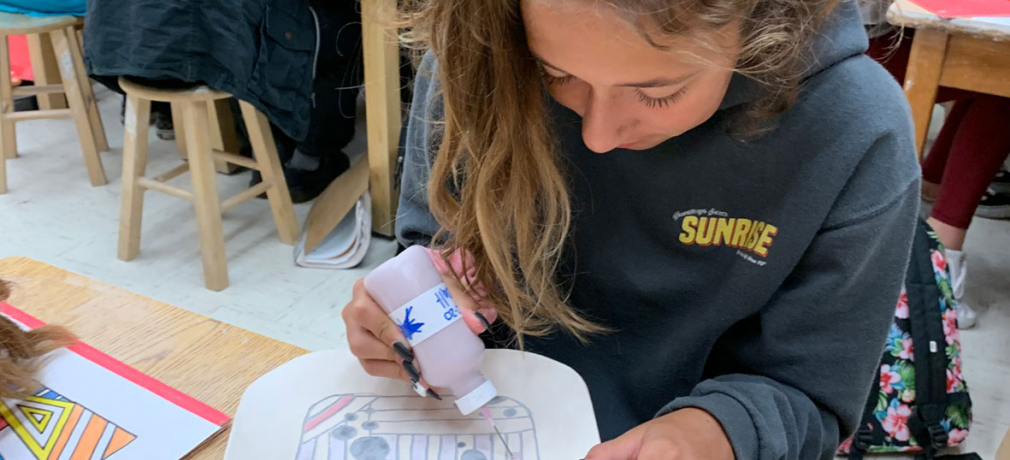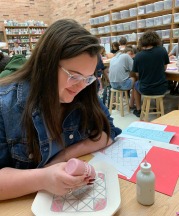Editor's Note: In March, 2019, Kathy Skaggs, Bob Kirk, and Jeffrey Huebner were members of a panel at the annual conference of The National Council on Educaton for the Ceramic Arts (NCECA). What follows are versions of their presentations on the teaching of ceramics.
The Goal: Fostering Inspired Learning in Your Students
By Jeffrey Huebner
When students rush into the classroom in the morning, beaming with excitement about a new technique they saw on Instagram, something good is happening. They are hooked on ceramics and fully engaged in the process. It is evidence that, as art educators, we succeeded in finding a way to inspire our students in creative pursuits that are worthwhile, meaningful, and relevant. Inspiring them to create art that serves a function or need boosts their confidence and elevates them from a place of passive interest to active engagement.

CONFIDENCE
When I was learning to ride my bike, my father would hold the seat as I pedaled down the sidewalk. I remember vividly hearing his voice behind me. I suddenly realized I was riding on my own and he had let go. That moment of success fueled a lifelong love for cycling and adventure. It also gave me the freedom to explore the world independently, and the confidence that I could succeed. When students have early successes in art, these skills give them confidence and freedom to explore independently. Students begin by setting and completing an achievable goal for each class. One day they might complete a simple slab plate in a slump mold and, the next day, focus on cleaning up the edges by using a rasp and a sponge. Achieving early goals fuels curiosity, confidence, enthusiasm, and persistence.
FUNCTION
... Share
Share























